Get a custom course package
We may not have any package deals available including this course. If you enquire or give us a call on 01344203999 and speak to our training experts, we should be able to help you with your requirements.
Module 1: Manage Mail Flow
Module 2: Troubleshoot Mail Flow
Module 3: Manage Mail Flow Rules
Module 4: Plan for Message Security
Module 5: Manage Anti-Malware and Anti-Spam Policies
Module 6: Explore Threat Protection in Microsoft 365 Defender
Module 7: Explore Messaging Compliance in Microsoft 365
Module 8: Explore Messaging Compliance in Exchange
Module 9: Manage Exchange Online archiving and auditing
Module 10: Manage Content Search
Module 11: Manage Authentication for Messaging
Module 12: Configure Organisational Settings
Module 13: Configure Organisational Sharing
Module 14: Manage Administrator roles
Module 15: Manage user Roles
Module 16: Analyse Role-Based Permissions
Module 17: Explore the Different Types of Exchange Recipients
Module 18: Create and Manage Exchange Recipients
Module 19: Manage Email Addresses, Lists, and Resources
Module 20: Explore Exchange Hybrid Deployment Requirements
Module 21: Plan and Configure a Hybrid Deployment Using the Hybrid Configuration Wizard
Module 22: Plan Mailbox Migrations
Module 23: Run Mailbox Migrations
Module 24: Troubleshoot Hybrid Deployments


The Microsoft 365 Messaging MS-203 Course is designed to equip professionals with the skills and knowledge needed to manage messaging infrastructure and services in a Microsoft 365 environment. This Microsoft 365 Training can be beneficial for a wide range of professionals, including:
There are no formal prerequisites for this Microsoft 365 Messaging MS203 Course.
With the ever-changing environment of digital communication, Microsoft 365 Training is needed for the simple matter of fact. The course MS203 that focuses on the intricate elements of messaging in the Microsoft 365 environment, introduces students to the vast capabilities of the Microsoft 365 messaging system. This class is actually a fundamental part of the mixed-use courses, goal of which is to give the students knowledge on messaging strategies and practices that work.
The distinctive approach to messaging in Microsoft 365 should grab the attention of IT professionals, managers and integrators, the people responsible for managing or implementing messaging solutions. Being such a certification proves to be very useful for the Systems Administrators, the Network Engineers, and the IT Personnel who aim at developing advanced email messaging techniques in order to establish flawless communication in their organizations.
The 5-day course which will be carried out in The Knowledge Academy MS 203 on Microsoft 365 messaging will be an interactive and practical class where delegates will learn the key components through hands-on experience. This course allows professionals to efficiently run and manage messaging systems within their organization that contributes to organizational success.
Course Objectives
At the end of the course, participants will walk away with a sound and thorough knowledge on Microsoft 365 messaging. They will be skilled and knowledgeable in ways that will enable them to competently handle, protect, and solve issues in messaging systems giving them a significant role in the smooth running of their companies' communications.




Why choose us
Experience live, interactive learning from home with The Knowledge Academy's Online Instructor-led Microsoft 365 Messaging MS203. Engage directly with expert instructors, mirroring the classroom schedule for a comprehensive learning journey. Enjoy the convenience of virtual learning without compromising on the quality of interaction.
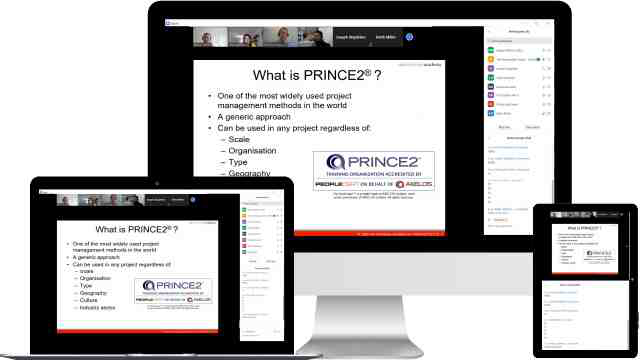
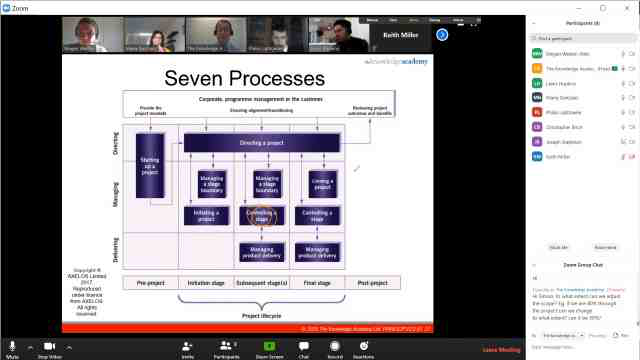
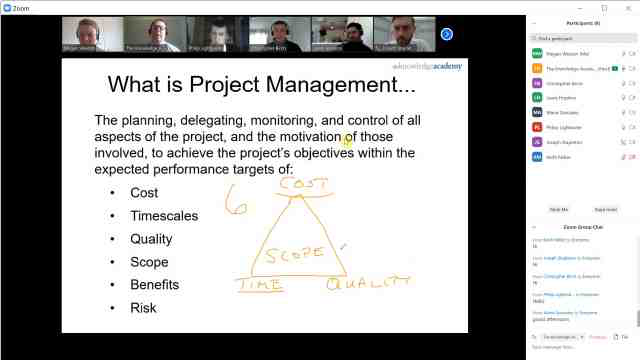
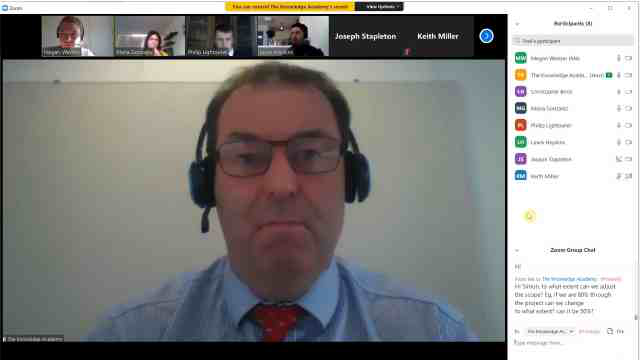
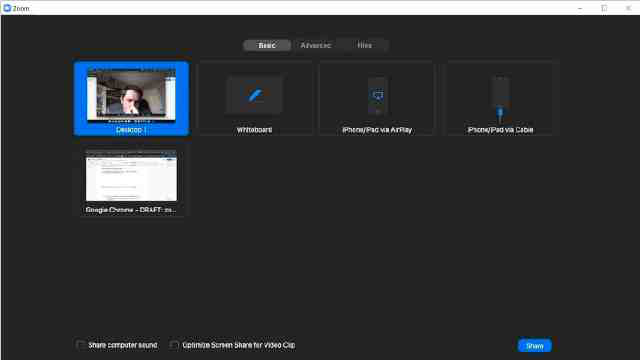
Unlock your potential with The Knowledge Academy's Microsoft 365 Messaging MS203, accessible anytime, anywhere on any device. Enjoy 90 days of online course access, extendable upon request, and benefit from the support of our expert trainers. Elevate your skills at your own pace with our Online Self-paced sessions.
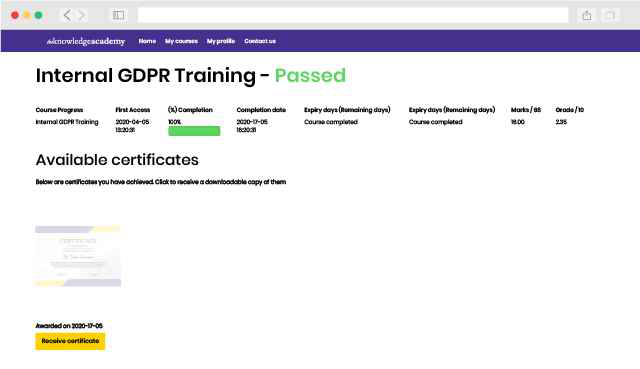
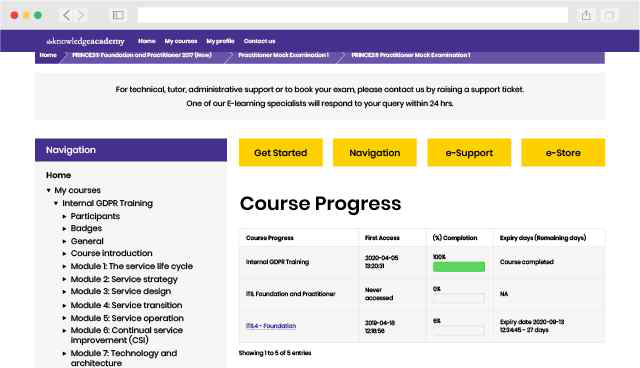
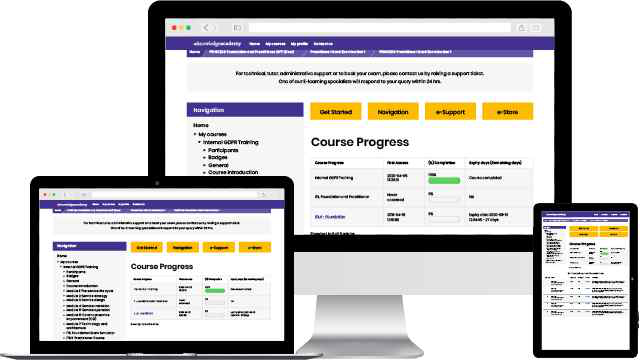
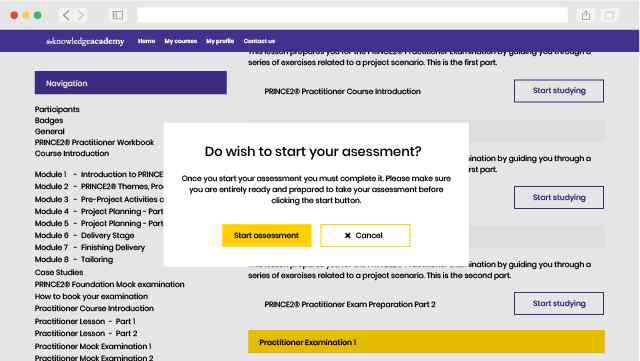
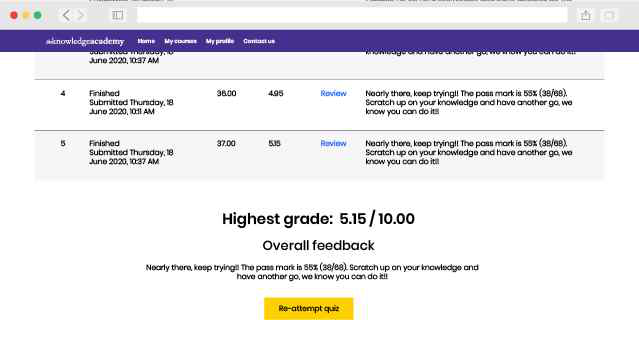
Experience the most sought-after learning style with The Knowledge Academy's Microsoft 365 Messaging MS203. Available in 490+ locations across 190+ countries, our hand-picked Classroom venues offer an invaluable human touch. Immerse yourself in a comprehensive, interactive experience with our expert-led Microsoft 365 Messaging MS203 sessions.

Boost your skills with our expert trainers, boasting 10+ years of real-world experience, ensuring an engaging and informative training experience

We only use the highest standard of learning facilities to make sure your experience is as comfortable and distraction-free as possible

Our Classroom courses with limited class sizes foster discussions and provide a personalised, interactive learning environment

Achieve certification without breaking the bank. Find a lower price elsewhere? We'll match it to guarantee you the best value
Streamline large-scale training requirements with The Knowledge Academy’s In-house/Onsite Microsoft 365 Messaging MS203 at your business premises. Experience expert-led classroom learning from the comfort of your workplace and engage professional development.

Leverage benefits offered from a certification that fits your unique business or project needs

Cut unnecessary costs and focus your entire budget on what really matters, the training.

Our Microsoft 365 Messaging MS203 offers a unique chance for your team to bond and engage in discussions, enriching the learning experience beyond traditional classroom settings

The course know-how will help you track and evaluate your employees' progression and performance with relative ease

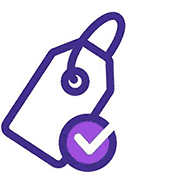
You won't find better value in the marketplace. If you do find a lower price, we will beat it.
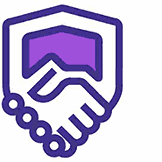
The Knowledge Academy are a Microsoft Silver Partner and are therefore fully accredited.

Flexible delivery methods are available depending on your learning style.

Resources are included for a comprehensive learning experience.




"Really good course and well organised. Trainer was great with a sense of humour - his experience allowed a free flowing course, structured to help you gain as much information & relevant experience whilst helping prepare you for the exam"
Joshua Davies, Thames Water



 London
London Birmingham
Birmingham Bristol
Bristol Milton Keynes
Milton Keynes Manchester
Manchester Reading
Reading Glasgow
Glasgow Edinburgh
Edinburgh Southampton
Southampton Virtual
Virtual Bath
Bath Liverpool
Liverpool Nottingham
Nottingham Bedford
Bedford Bolton
Bolton Newcastle
Newcastle Brighton
Brighton Bournemouth
Bournemouth Bracknell
Bracknell Cardiff
Cardiff Bromley
Bromley Cambridge
Cambridge Burton Upon Trent
Burton Upon Trent Norwich
Norwich Buxton
Buxton Sheffield
Sheffield Belfast
Belfast Dublin
Dublin Canterbury
Canterbury Aberdeen
Aberdeen Maidstone
Maidstone Carlisle
Carlisle Chatham
Chatham Chelmsford
Chelmsford Chester
Chester Chichester
Chichester Chorley
Chorley Cirencester
Cirencester Colchester
Colchester Corby
Corby Coventry
Coventry Crewe
Crewe Darlington
Darlington Derby
Derby Doncaster
Doncaster Dundee
Dundee Dunfermline
Dunfermline Exeter
Exeter Fleet
Fleet Gatwick
Gatwick Gloucester
Gloucester Guildford
Guildford Harrogate
Harrogate Heathrow
Heathrow High Wycombe
High Wycombe Hinckley
Hinckley Inverness
Inverness Ipswich
Ipswich Kingston upon Hull
Kingston upon Hull Lincoln
Lincoln Leicester
Leicester Luton
Luton Middlesbrough
Middlesbrough Northampton
Northampton Oxford
Oxford Peterborough
Peterborough Plymouth
Plymouth Poole
Poole Portsmouth
Portsmouth Preston
Preston Slough
Slough Solihull
Solihull Stoke-on-Trent
Stoke-on-Trent Sunderland
Sunderland Swansea
Swansea Swindon
Swindon Teesside
Teesside Tonbridge
Tonbridge Wakefield
Wakefield Warrington
Warrington Warwick
Warwick Watford
Watford Windsor Town
Windsor Town Wokingham
Wokingham Wolverhampton
Wolverhampton Worcester
Worcester Wrexham
Wrexham York
York
 Back to course information
Back to course information
We may not have any package deals available including this course. If you enquire or give us a call on 01344203999 and speak to our training experts, we should be able to help you with your requirements.
 If you miss out, enquire to get yourself on the waiting list for the next day!
If you miss out, enquire to get yourself on the waiting list for the next day!

close


Press esc to close

close
Fill out your contact details below and our training experts will be in touch.



Back to Course Information